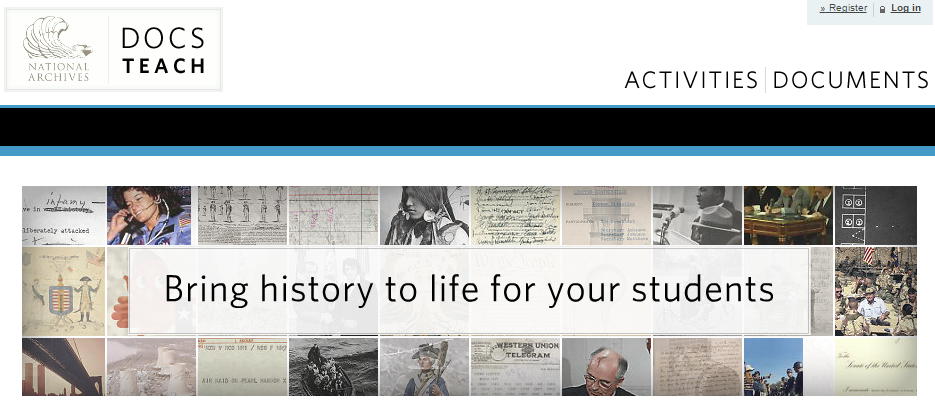There are several digital tools out there that help.
 First of all, the Library of Congress. This site has an abundance of information about everything. It is the largest online collection of everything from documents to images. It is totally free and covers just about every subject you look for. There are also external links to other sites controlled by the government, including the Library of Congress Card Catalog, The US Copyright office and the US Congress. Because it's so large, you may find it a bit overwhelming to investigate, but, you will find primary sources to use for any paper or research you are doing. The fact that it is free makes it all the while.
First of all, the Library of Congress. This site has an abundance of information about everything. It is the largest online collection of everything from documents to images. It is totally free and covers just about every subject you look for. There are also external links to other sites controlled by the government, including the Library of Congress Card Catalog, The US Copyright office and the US Congress. Because it's so large, you may find it a bit overwhelming to investigate, but, you will find primary sources to use for any paper or research you are doing. The fact that it is free makes it all the while.
Second and Third, the National Archives and it's counterpart, DocsTeach.
 The National Archives features documents, genealogy and veteran's service records. It is geared toward older students, perhaps grades 6 and up, but if students are working on a paper about genealogy, military history, and a focus on specific documents, this is the place to go. Users can use an online database as well as research ancestory. The site offers users a series of explanations about using the Archives and how to do research.
The National Archives features documents, genealogy and veteran's service records. It is geared toward older students, perhaps grades 6 and up, but if students are working on a paper about genealogy, military history, and a focus on specific documents, this is the place to go. Users can use an online database as well as research ancestory. The site offers users a series of explanations about using the Archives and how to do research.
DocsTeach features tools for teachers to provide students to encourage critical thinking and advanced research skills. Both sites are free to use. If you are in a district that is migrating away from textbook adoption and relying on personal creation of materials, this is a great place to go and find the materials you need. The activities can be a bit more challenging. Students younger than middle school will probably find it impossible to use.
